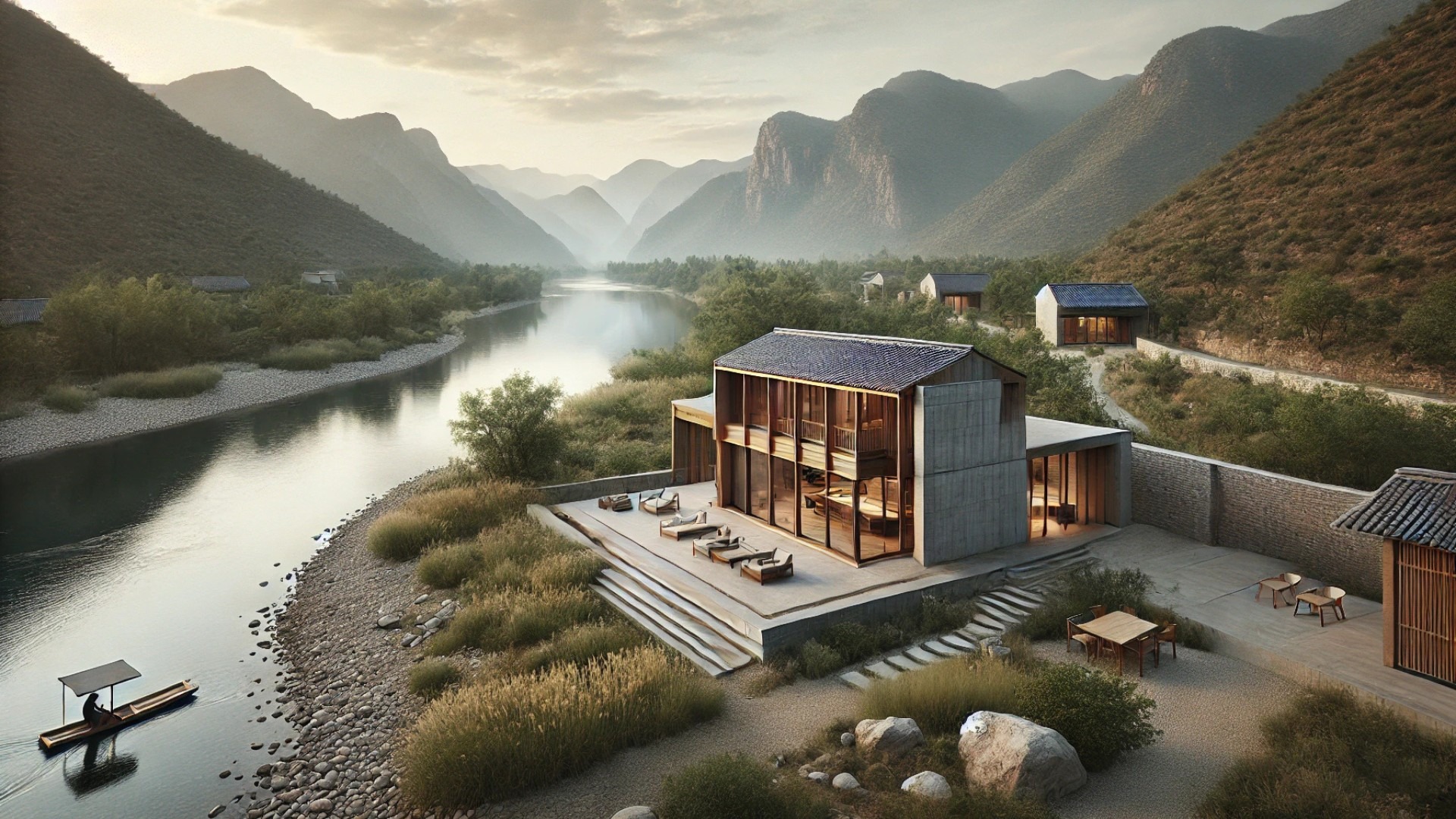
Embracing Nature at Riverside House: A Design Marvel
Nestled in a small village just outside Beijing, Riverside House, crafted by xiān Architects, emerges as a stunning example of architectural harmony with its surroundings. Encompassing an area of 288 square meters, this masterfully designed home captures the essence of its natural landscape, symbolizing a blend of modernity and tradition. The Jiudu River, flowing gracefully nearby, serves as both a serene backdrop and a vital element of the home's design ethos.
A Grounded Aesthetic and Thoughtful Materials
Constructed under the guidance of lead architects Wang Yanshi and Bai He, Riverside House thoughtfully incorporates local materials that echo the rustic charm of its village. The use of timber and stone not only enhances the home's aesthetic appeal but also ensures it resonates with the environment. For instance, the internal finishes, styled by 20C Gallery, bring an elegant touch yet maintain a feel of grounded simplicity.
Incorporating the Landscape
The architectural firm intentionally designed Riverside House to sit harmoniously amid the mountains flanking the north and south. This choice creates a dialogue between the home and its natural surroundings, allowing the mountains and river to feel as much a part of the house as its walls and roof. This seamless integration contributes significantly to the tranquility experienced by its residents.
Space for Connection and Community
Beyond its beauty, Riverside House is a space designed for connection. The architects envisioned a home that not only accommodates family gatherings but encourages community interaction. The layout includes communal spaces that invite conversation and shared memories, dramatically enhancing the living experience in this quaint village. As the architects noted, "there are scallions on the mountain," an allegory for growth and prosperity that extends into the relationships fostered within these walls.
Future Predictions: Shaping Trends in Architecture
With sustainability now at the forefront of architectural discourse, Riverside House stands as a model for future projects. The thoughtful usage of materials and contextual design may pave the way for others in the field, emphasizing the importance of customization based on geographical and cultural contexts. It seems clear that future architectural trends will lean more toward blending structures with their natural environments.
Conclusion: More than Just a Home
As we reflect on Riverside House, it's evident that it encapsulates the essence of modern architecture while preserving its cultural heritage. This home is not just a residence; it’s a testament to the beauty of connecting with nature, community, and tradition. For designers and enthusiasts alike, Riverside House will serve as an inspiring case study in how to blend artistic design with sustainable practices.
 Add Row
Add Row  Add
Add 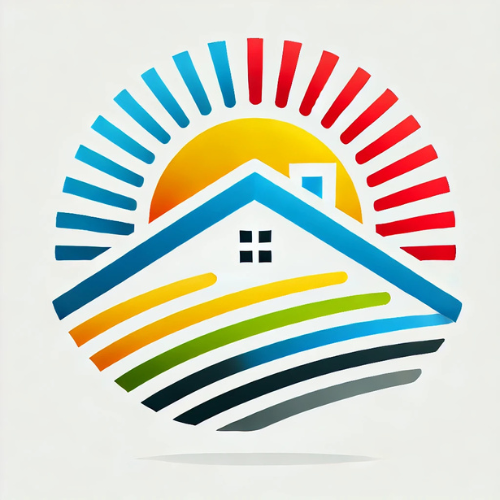

 Add Row
Add Row  Add Element
Add Element 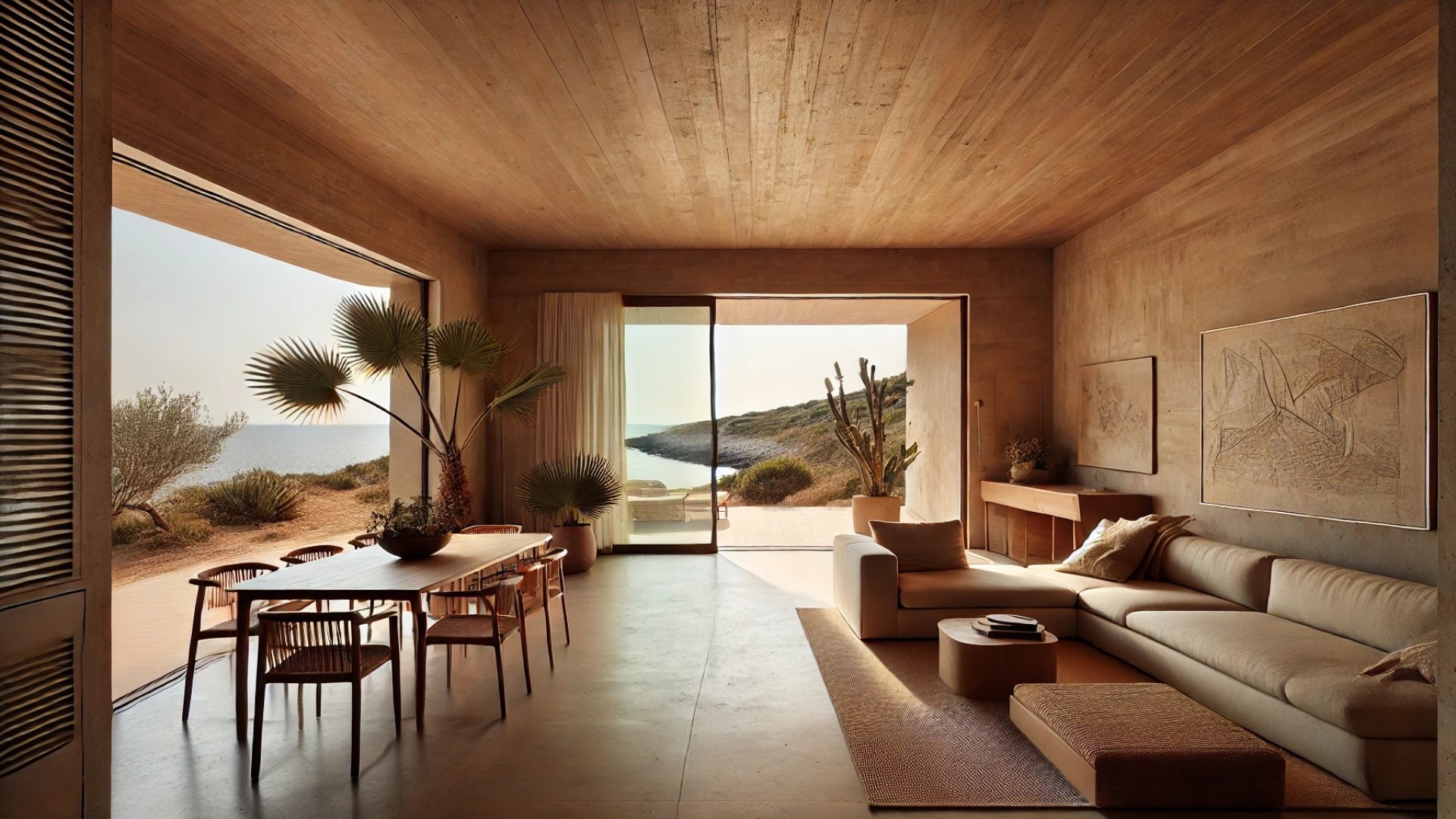
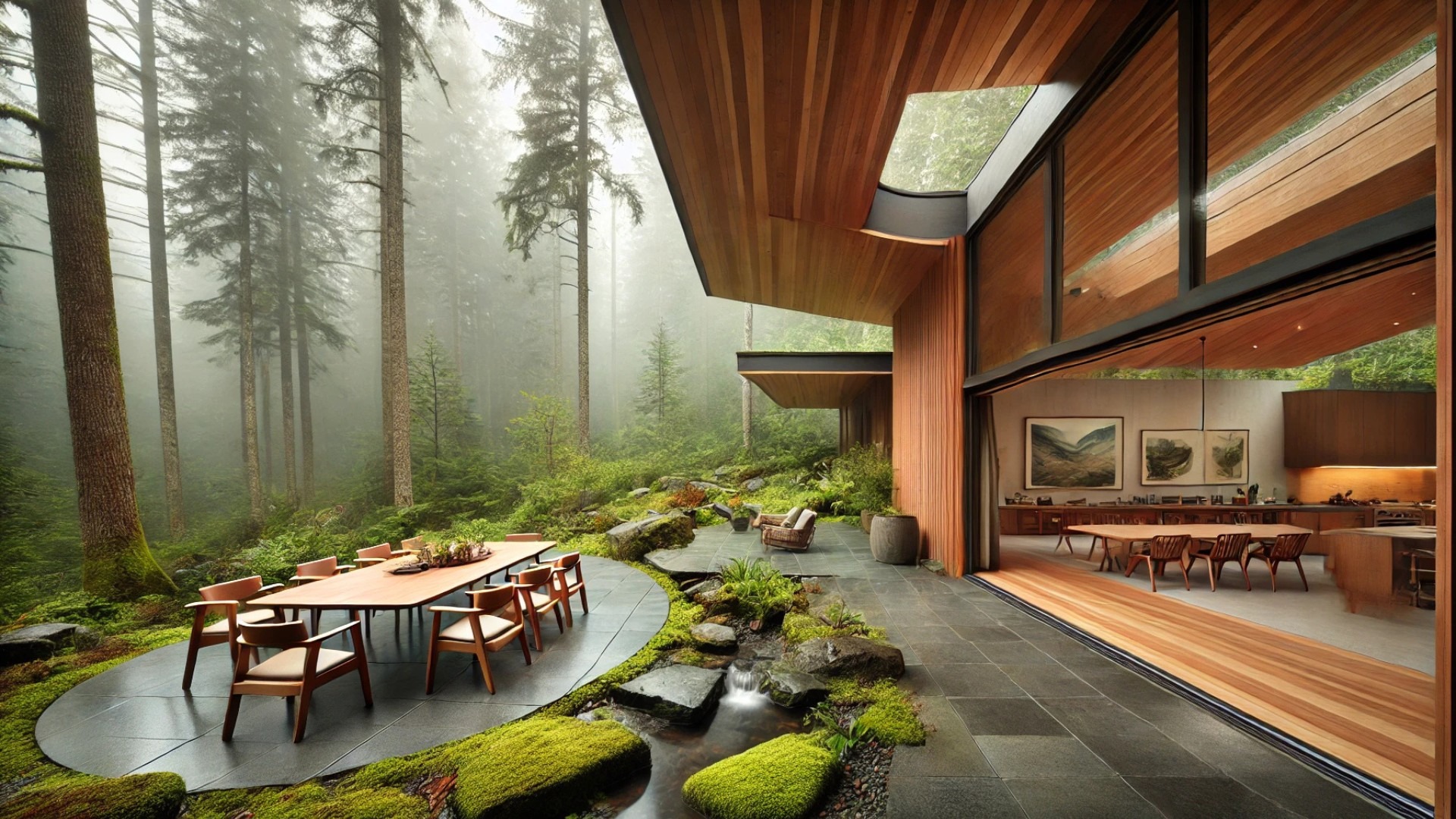
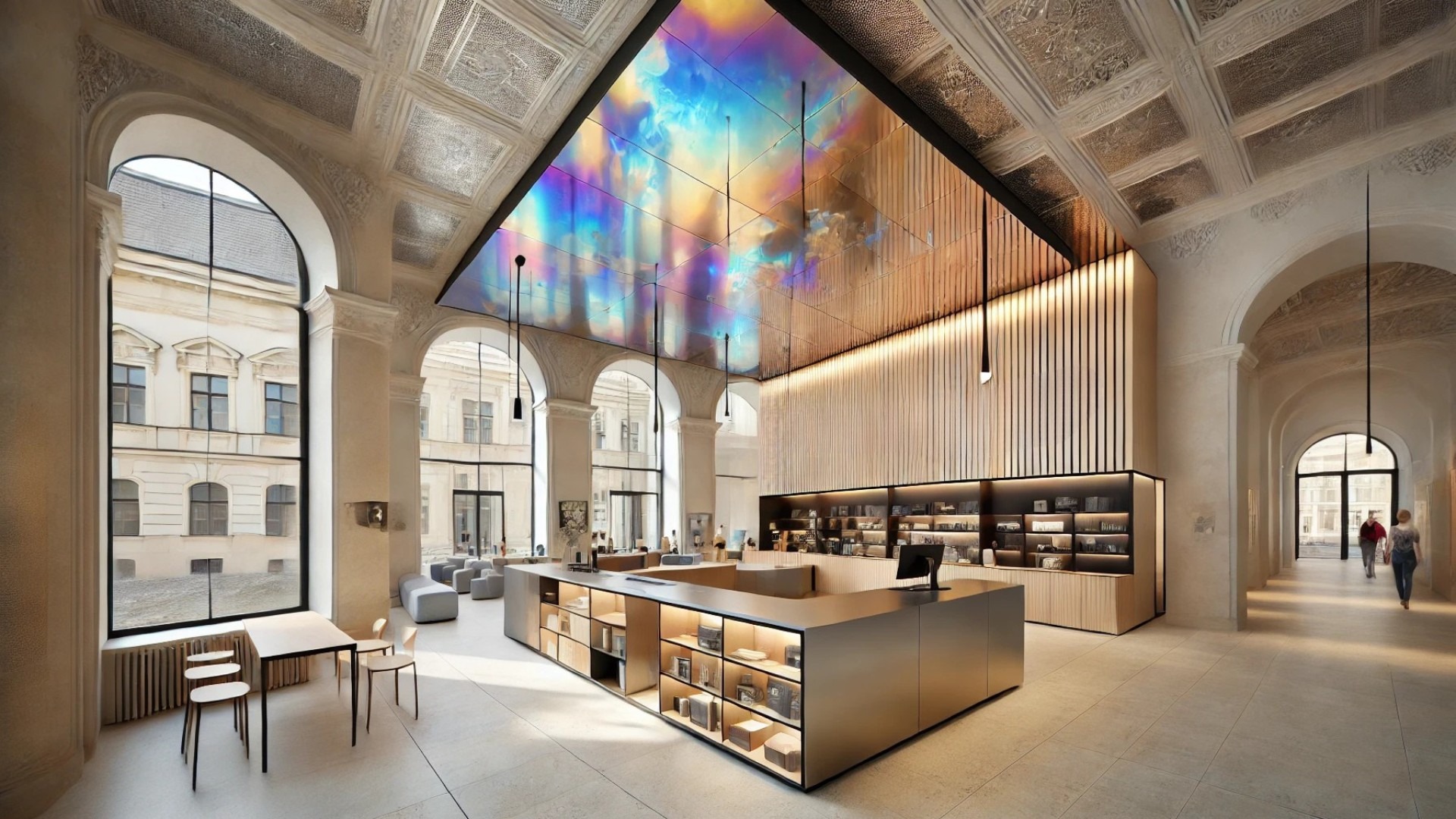


Write A Comment